|
|
The current range of books. Click the image above to see them on Amazon (printed and Kindle format). More info on coinpublications.com |
|
|
-
Content Count
571 -
Joined
-
Last visited
-
Days Won
6
Posts posted by IanB
-
-
Just to say, if you have not bought from Pete before you will not be disappointed with his coins. You probably won't need to look for an upgrade afterwards.
-
 1
1
-
-
The simplest way to post a picture is to place it on your desktop and then in the bottom left of the area you write to post a comment you will see a paper clip with click to choose file. You should then be able to do exactly that. It needs to be less than 0.49mb in size so if it will not load then resize it smaller and have another go.
You may need to close the post and reopen it if you are having a second go at reloading it.
Try that first if it doesn't work let us know.
-
-
Mine also Richard, very pleased with them, lovely toning.
Thank you
Ian
-
Sorry Sophie, I should have read your previous post a bit better, I see you already have a resizing app. Hopefully that will work for you.
what size are you managing to get the pictures down to?
-
Hi Sophie,
Because you are using an iPad you may have to download something from the App Store that will help you resize your photos you should then be able download them onto your post by selecting the " click to choose file " tab. Sorry don't know what would be best for this but maybe someone can recommend something.
Another way of getting pictures on here is to save them to something like Flickr or some other hosting site and then cutting and pasting the URL using the
"Insert other media" tab.
Hope that makes sense
Ian
-
Any chance of a better photos, its a bit blurry when enlarged.
-
Don't know the mintage figures for these coins but not every coin will have fire stain. It may still be there on a BU coin, but is lost in the brightness of the metal and only become visible when the metal loses its shine and becomes matt through wear.
A way of spotting firestain is to place a piece of tracing paper in contact with the metal, this diffuses the light and reflections and the stain appears as a grey patch through the tracing paper.
As I said not every coin will have firestain, it depends on how the metal was heated during production. It may also have been polished out prior to stamping.
I have attached an article that talks about fire scale, another name for the same thing.
-
The greyish, pinkish patches spoken about earlier that appears on silver is called firestain. It occurs when silver is heated usually during the annealing process. Oxidisation takes places reacting with the copper used in the silver resulting in these patches forming on the surface.
This can sometimes be covered by heavy silver plating but is more often polished away. In general acid will not remove it unless the silver is left in so long that it starts to dissolve.
-
Just now, Peter said:47 minutes ago, PWA 1967 said:.BOOOOOOOOOOOOOOOOOM.

-
-
Forgive my ignorance, but what are the dates of these coins and is it common to find a coin from all 4 corners in the same field or would that be rare.
Was the field a site of importance such as an old market or something similar?
-
That is a lovely looking coin, very good condition.
-
 1
1
-
-
-
1 minute ago, zookeeperz said:That is obverse 2

The Swedish Jury has returned a vote of 10 points.

Thank you Zookeeperz, much appreciated.
Ian
-
-
1 hour ago, zookeeperz said:By the look of the colons it appears to be Obv A I give up looking at pictures they lie lol. No idea now from your blow up its obverse 1 and 2 but the thinner P if it is lol edges me towards obverse 2

 . Changed my mind again there is no way the the P can be right of the tooth so it must be Obverse 1 and that is my final vote from the swedish jury
. Changed my mind again there is no way the the P can be right of the tooth so it must be Obverse 1 and that is my final vote from the swedish jury 
I can only thank the Swedish jury for their vote
 although it has crashed my brain completely
although it has crashed my brain completely
I checked out Secret Santa's website and it mentions the P in IMP but nothing about colons. Nothing in the Freeman book either. What am I looking for regarding the colons?
-
-
2+B or not 2+B, that is the question?
Could I have a comment or two as to whether this is a 1937 2+B or not. Its doing my head in trying to decide if the P in IMP points to the left or the right or even straight onto a tooth.
Sorry about the quality of the photos, I am using my phone at the moment.
Thank you
-
3 minutes ago, mrbadexample said:That doesn't explain the top of the Queen's head and some of the edge lettering present within the hole though.
Fair point.
Another possibility could be that something fell onto the die and was sandwiched between the die and the planchet. The stamping process took place and the coin was then ejected into the next step.
The piece of something either remained on the die or fell out the coin leaving the recess. We would see the imprint of the head and lettering through the recess.
-
 2
2
-
-
7 hours ago, mrbadexample said:I don't know unfortunately Ian. It's not mine and I've only seen the one side.
Edit: Normal.
.
It's only a guess but a trapped air bubble followed by a delamination. Where's Nordle11 when you need him, this is right up his street.
-
Is there any damage or marks on the other side?
-
Yes, isn't it. I was hoping someone else would spot it.

-
 Coinpublications.com
Coinpublications.com


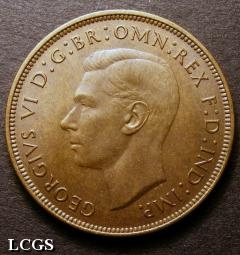
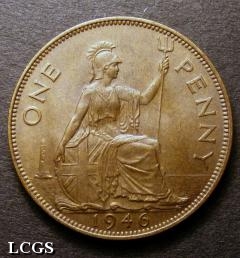
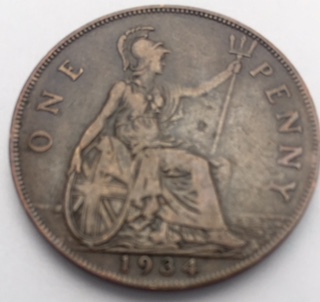
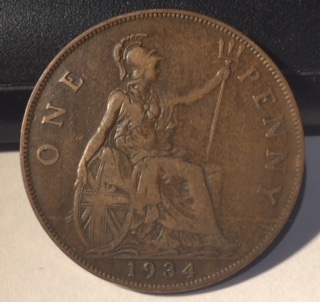

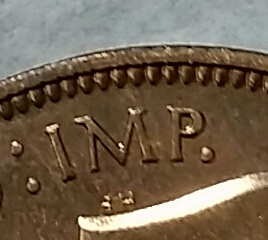
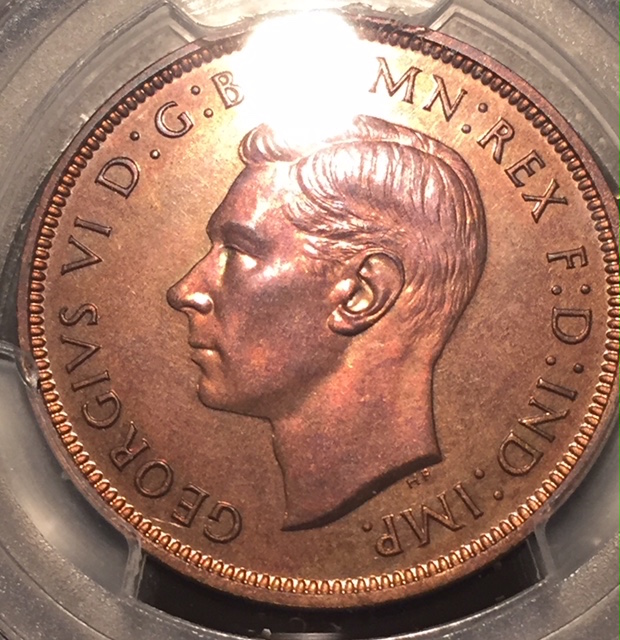


1897 one penny dot's between e and n of penny
in Confirmed unlisted Varieties.
Posted
No comment on whether it has been cleaned or not without seeing it in the flesh but I reckon the dot was caused by a piece of metal or something just being in the wrong place at the wrong time. Have you tried flicking it off with your fingernail? From your picture there looks like a shadow line between it and the coin.